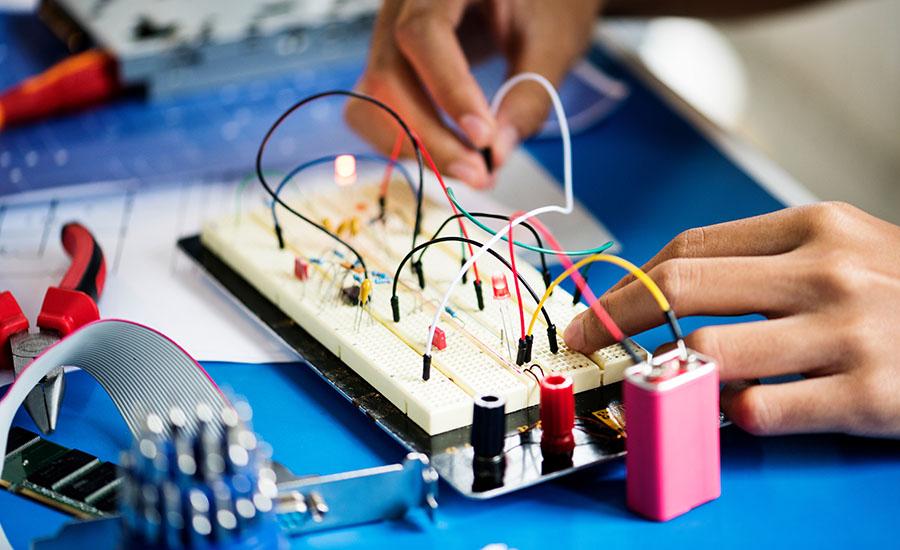
Clever Scientist: Electric Circuits
This STEM lesson is designed to explore electrical circuits and engage in a hands-on activity to create, label, and identify the differences between parallel and series circuits.
Students will develop and use a model that explains how energy is moved or transferred from place to place through electric currents. While they construct circuits to create electricity, they will be analyzing, collaborating and communicating effectively with their partners to complete an engineering design challenge. At the end of this unit, students will be able to independently identify complete and incomplete circuits, suggest ways to fix incomplete circuits, identify parts of a circuit, and create a circuit.
Lesson Grade Level
4th GradeLesson Plan Link/URL
https://docs.google.com/presentation/d/19lO67saEwWZ_hwYn7mUx7xefvg0TlUWnw3aJp_9…Subject Area
Science Physical Science P4: Energy Transfer Engineering S2: Apply the Engineering Design Process S4: Apply Science to Engineering Mathematics Measurement and Data (MD) English Language Arts (ELA) Reading (Informational Text) Writing Speaking & ListeningRelated Content

This lesson is part three of four lessons, which culminate in the flight of drones built by the students. Lesson 3: Max Axiom, STEM Adventurer focuses on commercial, scientific, and government drones

This lesson is part two of four lessons, which will culminate in the flight of drones built by the students. Lesson 2: Harmony focuses on how stakeholders work together to ensure safety, mobility, and

Students will use published scientific data and current evidence to identify the phenomenon known an urban heat island effect. Students will first analyze temperature data as well as land-use data